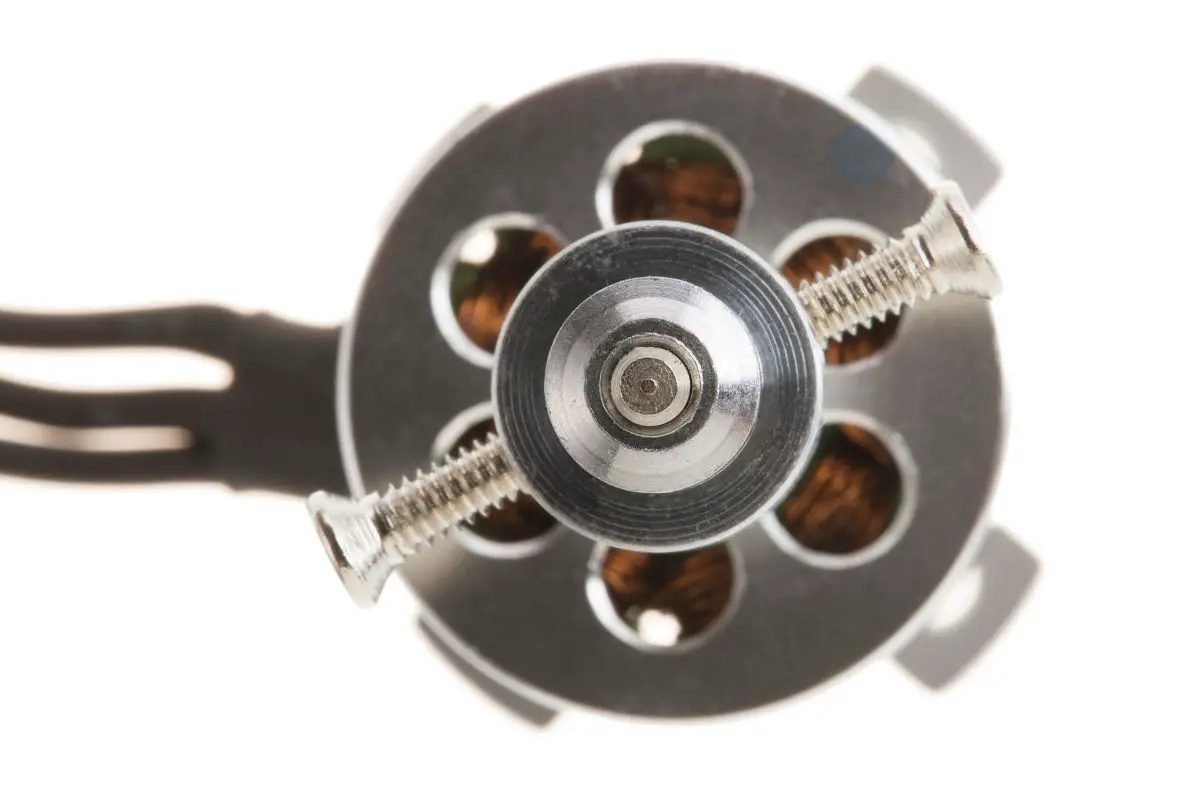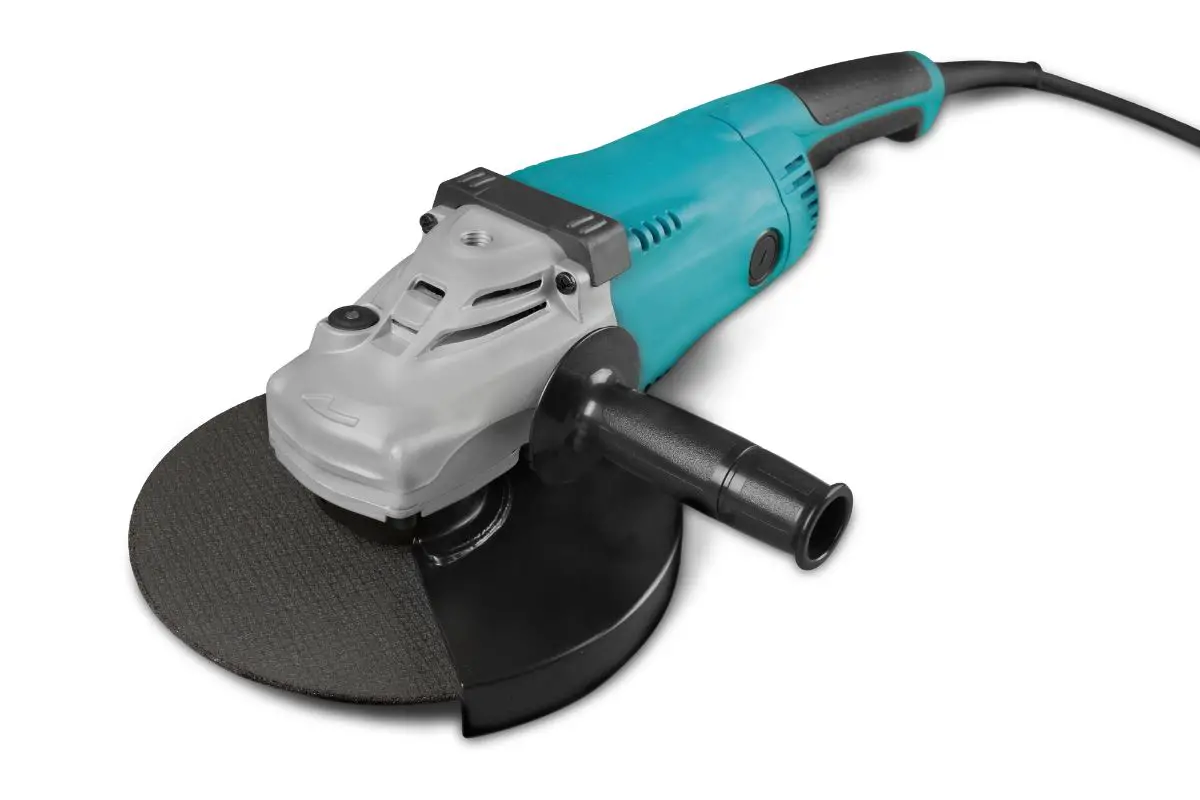Whatever your mechanic trade, hobby, or fixations, you’ll usually need an angle grinder of some description. They are essential for cutting pipe, grinding welds, or polishing, making them a great multipurpose tool, and it’s worth getting a good one.
You’ll see brushless angle grinders all over the place being advertised as the best thing since sliced bread, so what exactly is a brushless motor power tool, and what makes them a cut above the rest?
Whilst the technology itself isn’t the most recent, you’ll have seen them getting more and more popular with companies claiming it is the latest and greatest addition to your power tools.
Let’s be honest though, the price can be a little eye-watering for these brushless motorized devices.
Is it worth all of the hype? How do they work, and what makes them any better than your traditional non-brushless angle grinder?
If you’re curious about any of the above, read on and we’ll give you the low-down on all things brushless in the world of power tools.
What Is The Difference Between A Brushed And Brushless Motor?

When referring to a brushless power tool, the difference between brushed and brushless refers to the motor.
Brushless motors are not actually that new in terms of technology, having been around in manufacturing and industrial processes since the 1960s.
Despite the technology being around for such a long time, it was only in 2003 that company Makita started using them in their designs for power tools- firstly for military and aerospace, but later for home use in 2009 with the release of the brushless impact driver.
But what’s the difference between a brushed and brushless motor? We’ll have to get a little technical for this:
An old-school brushed motor is made of four separate parts- carbon brushes, magnets in a ring, the commutator, and the armature. The last two rotate together on the shaft whilst the brushes and the magnets stay still.
A charge travels through the carbon brushes and into the commutator, which passes the charge to the copper wire armature (which has been magnetized by the stationary magnet ring).
This then forces the armature and commutator to spin, which only stops when the charge is turned off.
A brushless motor is exactly what it says on the tin. It gets rid of the brushes and the commutator. This leaves the armature and the magnets, whose places are also reversed.
Replacing the carbon brushes and the commuter is a small electric board that sends signals directly to the armature. The result of this faster motor is a tool that more readily adjusts to the pressure and needs of the task at hand.
Pros Of Using A Brushless Angle Grinder
Ok so now we know the difference between a brushed motor and a brushless motor, what effect does that actually have on the device, and is it noticeable?
Brushes: One of the biggest advantages of brushless angle grinders is that there is no carbon brush in the motor.
The carbon brushes contain brush powder which can cause harm to the person operating the angle grinder and the carbon brushes themselves wear down over time which can be an expense or annoyance if you’re a pro using your angle grinder on the regular.
Energy Requirements: The energy consumption and resistance that’s caused by the friction of the carbon brushes hitting the commutator means that brushed motors lose quite a lot of extra energy.
This makes the electric energy consumption of a brushed angle grinder about 20% higher than a brushless angle grinder, so a brushless device will be saving you money in both your batteries and your electricity bill.
Maintenance: Maintenance cost is so much lower because there are no wearable parts as you would have with a brushed motor. This means it’s a lot easier to maintain your machine and the extra money you put into the overall purchase of your angle grinder pays off over time.
Safety: Because of the electronic compartments within the machine, the motor starts slowly when it’s turned on and switches off automatically when the power turns off. This means there’s less wastage and you can extend the life of your motor on your angle grinder.
Cons Of Using A Brushless Angle Grinder
The main con of getting a brushless angle grinder is of course the cost. Because there are extra electronic parts within the machine, this increases your costs, to begin with. You can pretty easily find a brushed angle grinder at a really low price and it will still get the job done.
For the most part, it’s only DC cordless motors on angle grinders that are brushless but in the last few years, we’ve been seeing more corded brushless angle grinders hitting the market.
This is great because you get the benefit of digital motor control and the safety features that prevent you from losing power whilst working as it’s connected to the AC. This sounds great and all but these bits of kit are still really pricey.
It’s not just the angle grinders themselves that of course are a heck of a lot more, it’s also the batteries that power them. That’s why for now brushless angle grinders are more within the reach of the pros unless you have some serious money to invest in your weekend DIY tools.
Why The Extra Cost?
In a conventional electric motor, the rotating part of the machine is driven by the fixed part, both of which are attached to an electrical connection that is in contact with small carbon brushes.
Whilst brushless motors don’t have these extra parts, you think they’d be a little bit cheaper than their old companions. However, the electronic card that transforms that direct current into a variable frequency built into the motor is damn expensive to get right.
As with all technology, however, these things always come down in price as they become more commercially available. Within the next few years, brushless angle grinders will certainly become the norm as in terms of overall performance and efficiency they just make the most sense.
Final Thoughts
There you have it, brushless angle grinders pretty much are the new standard when it comes to power tools that can do the best job.
It’s worth upgrading if you can to these smarter, more efficient tools that better respond to the different pressures and sensitivities of the material that you’re using.
It’s worth the investment If you can afford it.
To summarise, brushless motors are simply better than their brushed counterparts. If you have the money to invest in one, you can take advantage of having a far more efficient device that’s less noisy, requires less upkeep, and produces less heat as well.
Whilst your brushed angle grinder will certainly still do the job, if you’re looking to upgrade it’s worth hanging on a little bit longer until you can get a brushless motor.
And overall, you may even save money in terms of longevity, upkeep, and performance.
